The National World War I Museum and Memorial – Extraordinary Measures
As the well-known saying goes, “extraordinary times call for … extraordinary measures.” There is no debate regarding the challenges of the times we are living through now, in the 21st century. But, what remains to be seen is how we develop a path not only for survival, but for caring for each other. There is never a shortage of bad news and terrifying statistics. The Independent hopes to counter that measure with the real stories of how Our Town is finding creative and splendid ways to help ourselves and our own. Dear readers, sometimes there is good news right around the corner.
History Lesson I – Short and Sweet
History does occasionally repeat itself, and as Dr. Matthew Naylor, president and CEO of the National World War I Museum and Memorial, says, “History often rhymes.” Introducing Matt and a quick history lesson here, seems apropos. Dr. Naylor came to the Museum and Memorial in 2013 from The Nelson-Atkins Museum of Art most recently, and from Australia, originally. Under Dr. Naylor’s guidance, the following statistics jump out: the organization grew attendance by more than 60 percent; recognition for the organization as – one of the 12 best military museums in the world by CNN, one of the top five museums in the United States by Yelp, and one of the top 25 museums in the nation by Tripadvisor; he supported a bi-partisan effort from members of Congress in passing legislation to formally recognize the institution as America’s National WWI Museum and Memorial in 2014; and in 2018 declared the completion of its $25 million “Call to Duty” capital campaign.

History Lesson II – Why Is This Important?
By way of another short lesson detour, this is the mission statement for the Museum and Memorial: “The National WWI Museum and Memorial is America’s museum dedicated to remembering, interpreting and understanding the Great War and its enduring impact on the global community.”
Today, the Museum and Memorial operates as a non-profit organization dedicated to honoring those who served in the Great War by:
- Maintaining the Liberty Memorial as a beacon of freedom and a symbol of the courage, patriotism, sacrifice, and honor of all who served in World War I
- Interpreting the history of World War I to encourage public involvement and informed decision-making
- Providing exhibitions and educational programs that engage diverse audiences
- Collecting and preserving historical materials with the highest professional standards.
With the understanding that Dr. Naylor and the board of trustees have created a vibrant, successful, endearing organization functioning at full throttle in 2020, it is time to introduce the seismic shift in the form of an unseen, misunderstood virus named COVID-19, or the Coronavirus. Now, astute readers and lovers of history will instantly think, “Oh, that brings to mind the great flu pandemic of 1917-18 … yes, during World War I.” As Dr. Naylor said before, history rhymes.
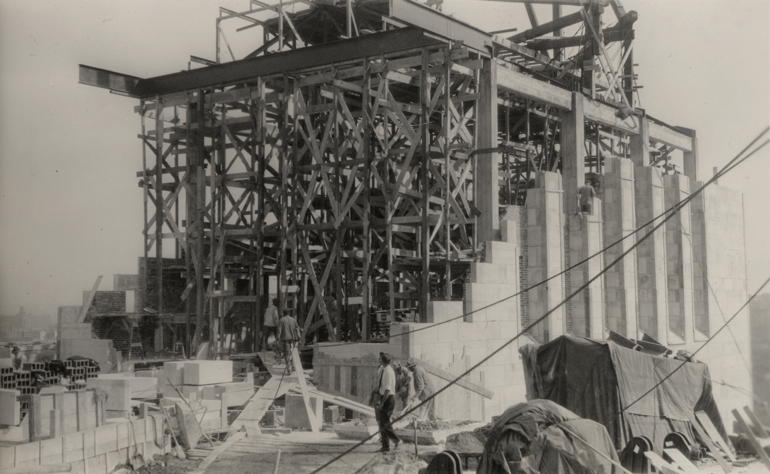
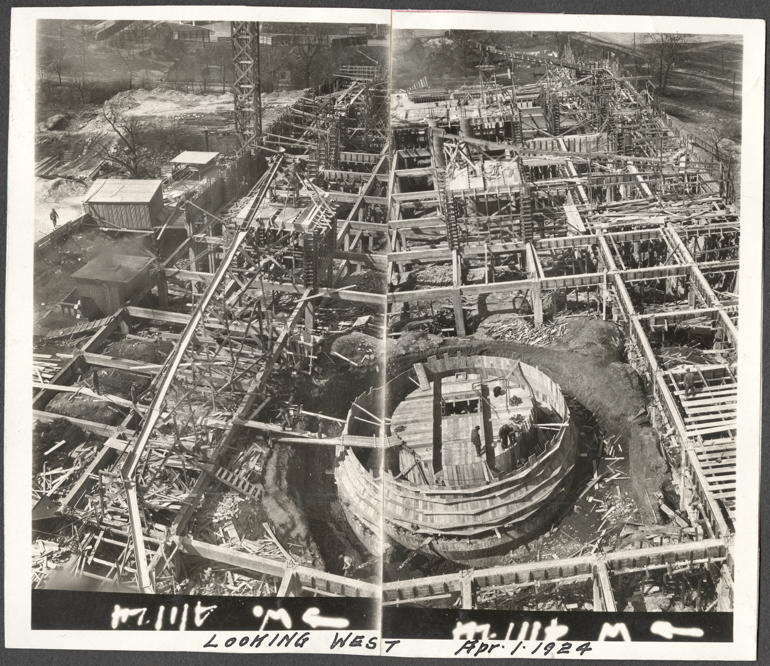
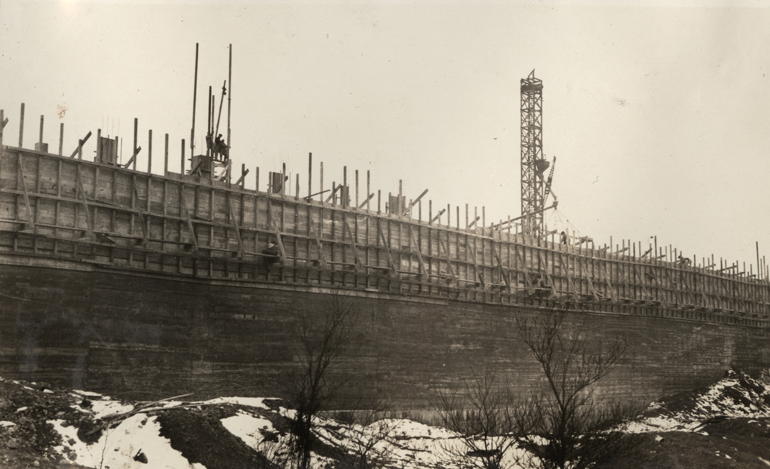
The pandemic of almost exactly 100 years ago and the current pandemic are not precisely the same, and strides made in science, engineering, math, transportation, agriculture, and human communication have rendered a new world. But, the end result now is definitely rhyming with its historical counterpart. The response now requires swift action in the form of social distancing – worldwide.
Where Is This Going?
Enter the challenge of social distancing and the answer. Dr. Naylor and Stacie Petersen, the exhibitions manager and registrar at the Museum and Memorial, have a plan.
One challenge is closing a museum designed for participatory activity for humans. Another challenge is keeping the staff of 42 dedicated people employed during a crisis. And, possibly the biggest challenge is the financial health of an organization that derives 40 percent of its income from ticket sales and earnings on the premises.
This is the real lesson: during recent strategic planning updates, the fund for a rainy day had been bolstered in a serious way. The leadership of the Museum and Memorial saw the importance of planning and saving, and they had, under their proverbial mattress, enough money to keep the institution afloat for approximately six months.
Alright, so the staff can be paid – good news! But, what will they do? They can’t greet guests and sell souvenirs, and serve food, but what they CAN do is transcribe the 10,000 scanned pages of written documents held by the organization. Through gifting and intentional collecting, the original items have been archived and scanned. Now the project amounted to transcribing all of those incredible, personal, historically-significant letters and documents.
Commence Teamwork
In this sea of tens of thousands of actual documents and images, there is a core of personnel working on deciphering and transcribing the most engaging collection of letters written during World War I. The stories are poignant, although hard to read at some junctions, so this project brings to life the 100-year-old stories told by people inside the war to their families and friends at home. The work of transcription makes it easy and completely enjoyable for those of us in our own quarantines to look back in time through the lens of hearts, pens, and paper. To wit, a sample of an actual letter with a sample of transcription with markings:
My Captain came in to see me in the hospital a few days later and said to one of the doctors in the ward, “Doctor that is the best man [mark-out] I have in my Company,” he has more grit than any one.” Well you know that made me feel good and done me more good than all the medicine in the world. I want to say a good word for the nurses I had. They certainly were fine and treated me very nice.
- – [2004.30.1_April 3, 1919_Charles R. Darby to Mother_Page 07.jpg 4]
- – Bugler Charles P. Darby, Company I, 321st Infantry, 81st Division, AEF
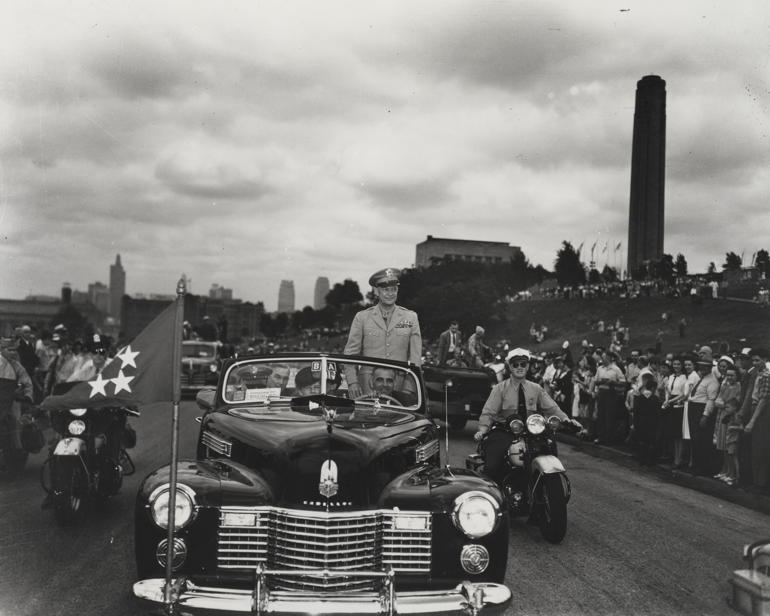
Stronger
It takes a veritable village to keep our collective history alive. Thanks go to the founders of the Museum and Memorial, the trustees who have served, the donors who have bolstered, and the staff who has believed. The Museum and Memorial will emerge stronger. The people of Kansas City will emerge stronger. Parallels will be drawn from one pandemic to another, and comparisons will be made. There are words of great hope and sacrifice in these letters. Their words are a reminder and a salve.
Author’s Note: There is an article on the website, theworldwar.org/learn/influenza by Nancy Bristow called, “Pandemic Then and Now: Lessons from the 1918 Influenza.” Also under the “explore” button on the website, readers can find the searchable online collections database.

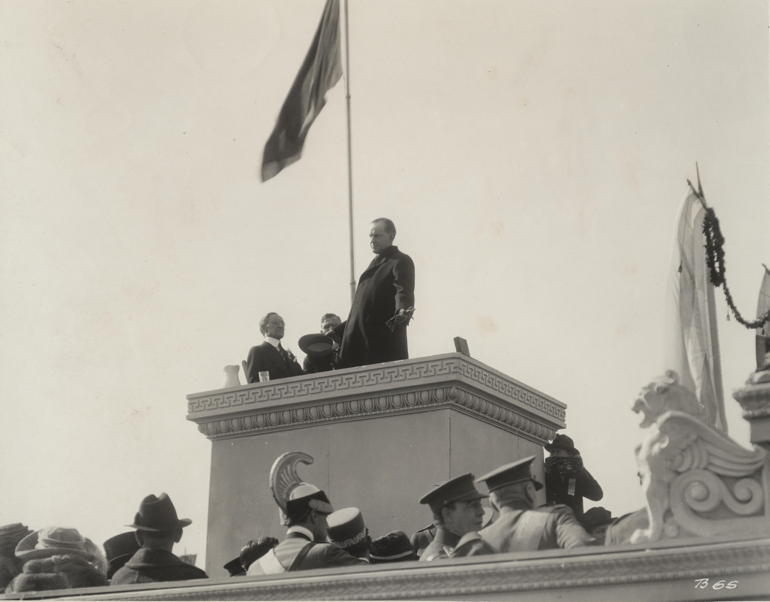
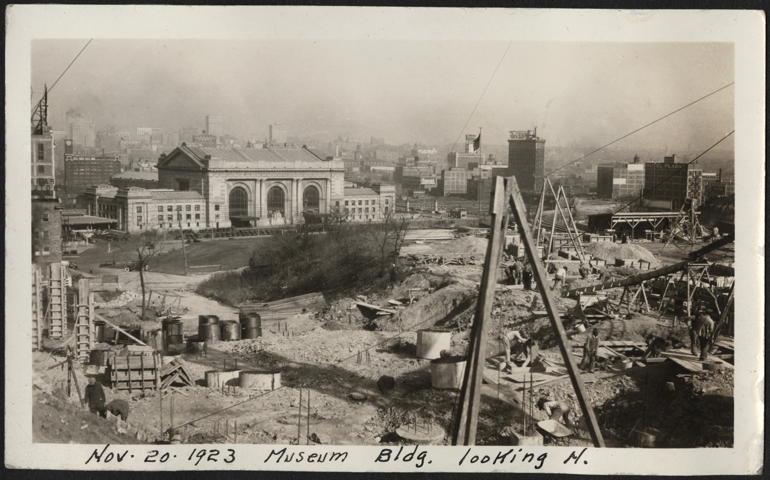
Also featured in the May 16, 2020 issue of The Independent
Image and Photo Credit: National World War I Museum and Memorial
By Anne Potter Russ
Features

War Horses for Veterans, founded by Andy and Patricia Brown, held its third annual fundraiser, The Derby Party, on May 4th. More than 400 guests watched the Kentucky Derby race…

Lidia’s was the lovely location for the Symphony League of Kansas City’s annual Spring Luncheon on May 8th. Mandy Burditt and Trish Mayer were the co-chairmen. Nearly 60 members and…

Symphony League members gathered at Amy Volini’s beautiful home recently to kick off preparations for the 2024 Symphony Ball, “NOVA.”Amy and Julie Sykes hosted the fun event, where Ball Chairman…







